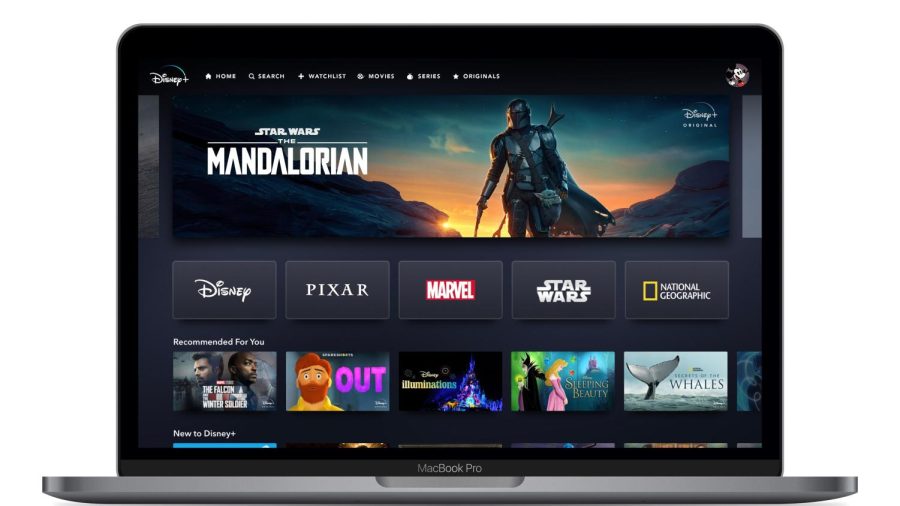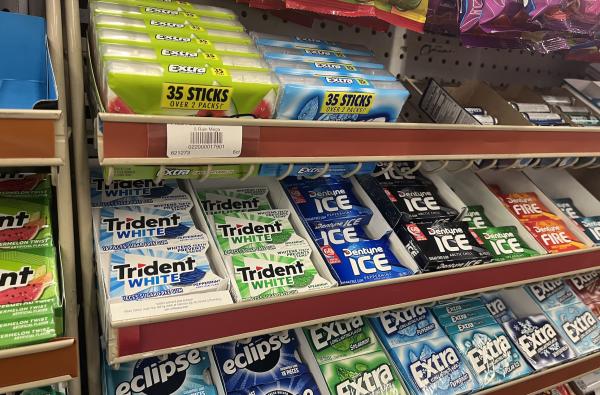Streaming services have forever changed how viewers consume their media
The Catalyst / Photo courtesy of DMED
Streaming services, such as Disney+, have dominated the TV industry.
You or your family probably are, like many, subscribed to at least one online streaming service, where you can binge your favorite shows and movies endlessly. This form of viewing has been around for over 30 years, but only recently has really boomed, with more and more media companies launching platforms of their own. While this new influx of services has a lot of benefits, the nature of having so many platforms available causes some frustrating problems.
Netflix, Hulu, Disney Plus, HBO Max, Peacock and Apple TV are just a few of the over 200 streaming services available in 2022. The dominating industry has grown incredibly in recent years as a result of the COVID-19 pandemic, and according to Grand View Research, it is expected to be worth over $330 billion by 2030.
Streaming services make it so much easier to rewatch our favorite shows from start to finish, find a perfect movie for family night or discover a new series developed by the platform itself. The convenience of streaming has never been better, and a big part of the reason for this is the competition in the industry itself. Those 200 streaming services available all want a large number of subscribers and excellent reviews for their company growth and have to find a way to stand out from the competition to do that. Many work to stream the most popular titles, offer discounts and even produce original content in order to do this, and we viewers reap the benefits.
Overall, having so many options for streaming services is a positive thing. In fact, 72% of Americans say they enjoy their streaming service experience according to a study by Nielson. However, there are many bothersome elements of having such a large selection of streaming services. Firstly, with each platform offering different content, we must subscribe to multiple different programs in order to watch our desired TV shows or movies. On average, U.S streaming service users have four different subscriptions according to a Deloitte Digital Media Trends Study. It is incredibly annoying that rather than having everything in one place, the content is divided across multiple sites. For many who choose to commit to more than one platform, it can become overwhelming and tiring to manage.
Not to mention how costly belonging to multiple streaming sites can become. If one was subscribed to the most basic ad-free option of Hulu, Netflix, Disney Plus and HBO Max, in total, they would be spending around $46 per month. These services usually hold their titles pretty exclusively, meaning that you either subscribe to that specific service, or you do not get to watch that movie or TV show. They know how the desire to watch a certain show eats away at you until eventually you give in and purchase a subscription plan. This trade-off gets even more frustrating when a particular platform drops a title and another one picks it up, forcing you to reevaluate your subscriptions.
While we can all feel grateful for the convenience and variety that streaming services offer us, there are times when it is reasonable to miss the simplicity of cable.

Genevieve is a senior at NDB and is one of the Opinion Editors for the Catalyst. This is her first year on the Catalyst Staff.
She plans to major in...






